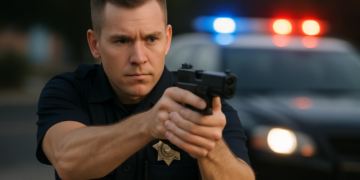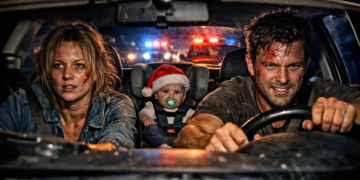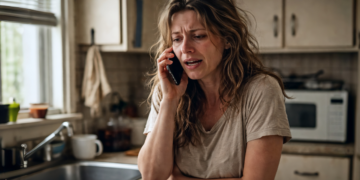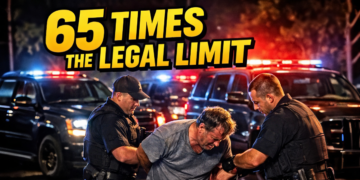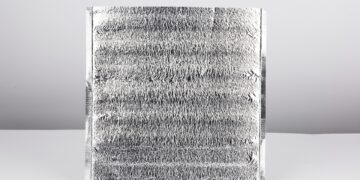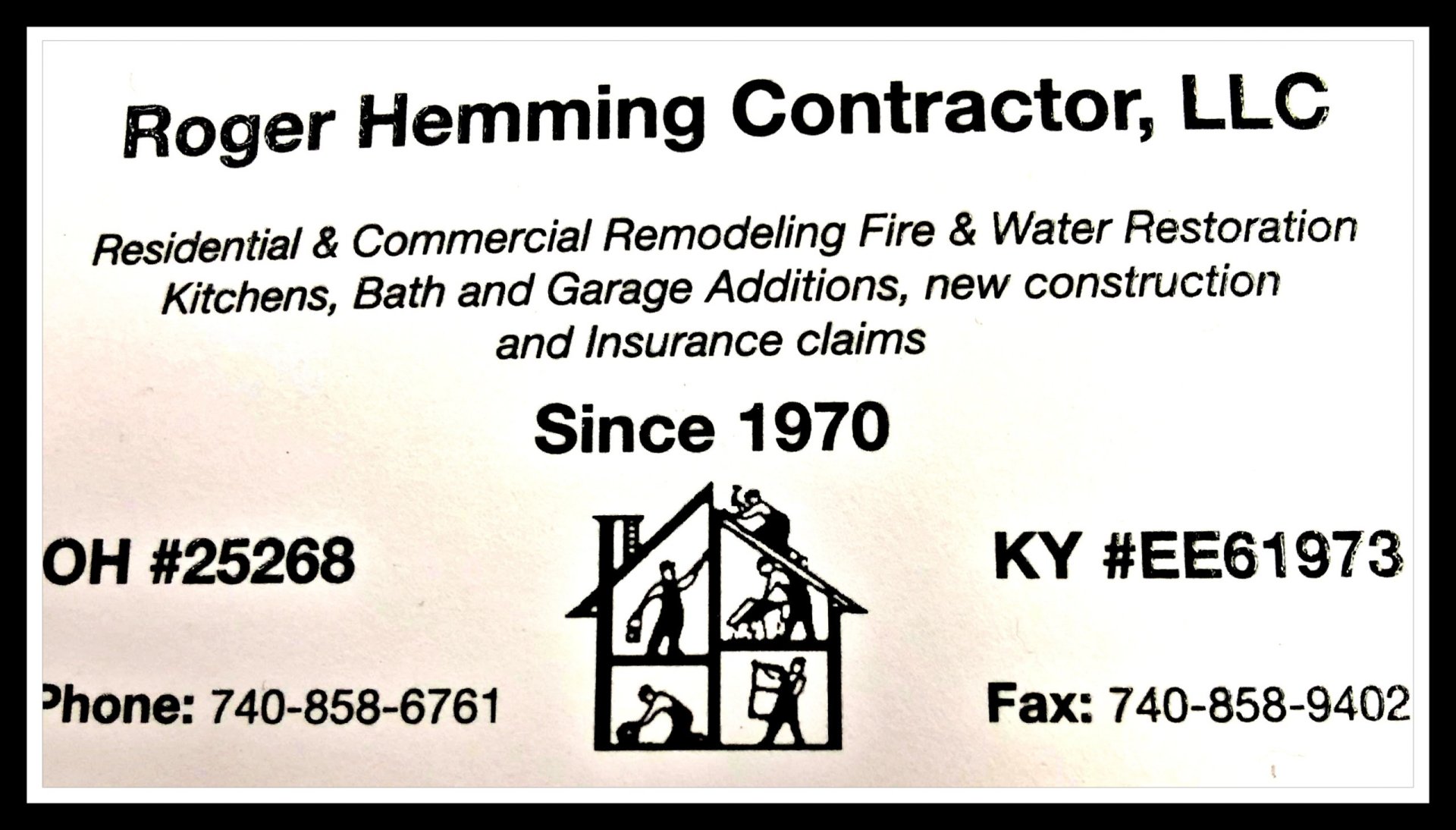Equipment safety should be a top priority when you’re shooting professional video content, whether for your live stream, local church, or news broadcast. Unfortunately, cameras can easily sustain damage during shoots. However, a few simple methods can help you prevent such accidents from occurring on your set. To prevent costly slip-ups during your next shoot, use these helpful tips for avoiding camera damage on set.
Keep It Clean
Neglecting to clean cameras over time can negatively impact their performance. Every nook and cranny should receive regular cleaning, from the lens to the camera body, especially after outdoor shoots.
When cleaning cameras, pick up an air blow you can use to carefully remove dust, sand, and other obstructions from the individual components successfully. Furthermore, a light, soft brush can help you remove excess debris from camera components. Finally, obtain a designated camera lens cleaner so you can remove any disruptive materials from the lens without causing further damage.
Carefully Set Cameras Down
When you must set the camera down, make sure you’re doing it somewhere clean, stable, and visible. In doing so, you can prevent the camera from sustaining damage from someone knocking it over, bumping into it, and other actions that can hinder camera performance. Thankfully, having the right gear on set makes it easy to find a stable position for cameras.
For example, using high-quality camera stabilizing gear is one of the essential tips for shooting professional-grade videos. A key reason stabilizing gear for cameras is crucial is that they make it easy to capture clear, smooth video images. However, beyond the benefits they bring to image quality, stabilization gear like tripods keep cameras out of harm’s way. Instead of setting an expensive camera down randomly on set, keep it on you or nearby on a stable surface, such as a tripod or camera pedestal.
Prepare Proper Storage
Having suitable storage is one of the most helpful tips for avoiding camera damage on set and off set. For example, constantly carrying the camera without a bag raises the chances of you dropping it. Plus, not having a bag makes the camera more vulnerable to the elements. However, a high-quality camera bag with strong padding will help you prevent costly mistakes.
Furthermore, ensure your camera bag can accommodate all your components. If you cram loose camera components together in a tight space, they can easily accrue damage. For this reason, look for camera bags with separate pockets for individual parts, keeping each one out of harm’s way successfully.



